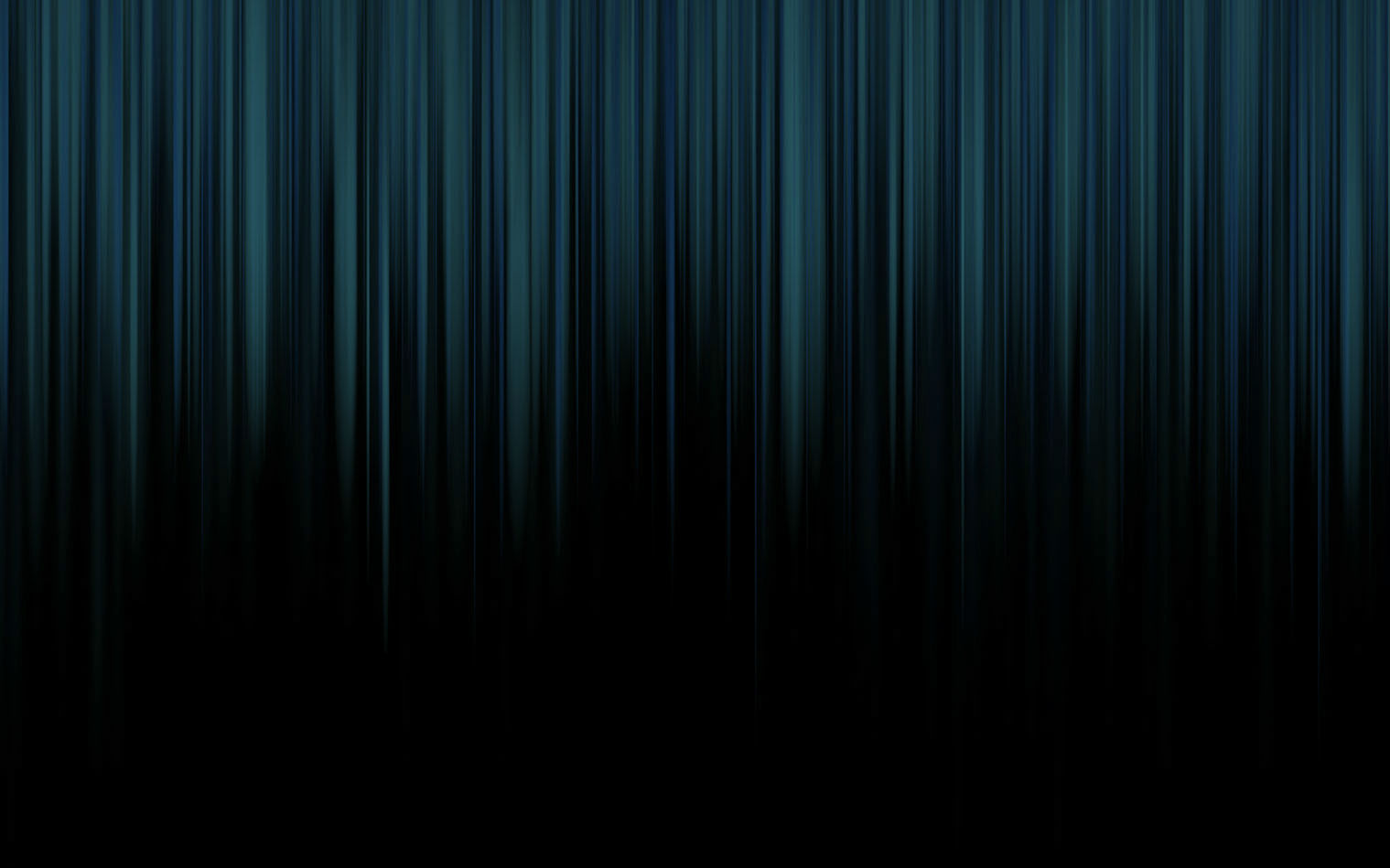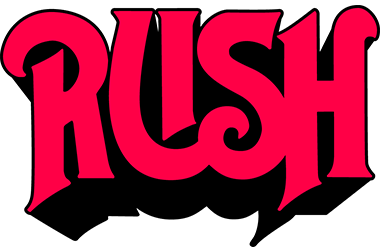RŒSH
CLOCKWORK ANGELS TOŒR PICTŒRES
1-800-ASK-GARY Ampitheater - Tampa, FloridaCLOCKWORK ANGELS TOŒR PICTŒRES
November 3rd, 2012
The "Clockwork Angels" Tour spanned from September 7th through December 2nd, 2012 and April 18th through August 4th, 2013
| Tour Dates | --- | Set List | --- | Tour Book |
For some — OK, most — veteran bands, the announcement, “This is from our new album,” translates to “bathroom break” for a concert crowd there to hear the hits.
Not so with Rush. The Canadian trio’s new album was the deserved centerpiece and highlight of a nearly three-hour show at Tampa’s 1-800-Gary-Amphitheare Saturday.
Two years shy of their debut album’s 40th anniversary, Rush this year released Clockwork Angels, an album that ranks lyrically, musically and conceptually with the band’s finest work.
The band’s second set began with nine of that album’s dozen tracks, the threesome accompanied by the eight-piece Clockwork Angels String Ensemble.
Not unexpectedly, the strings added layers of warmth to melodic tunes such as Halo Effect and The Garden. Equally impressive, though, was the tension they brought to riff-oriented numbers such as album and second-set opener Caravan.
Emphasizing that point, the strings stayed on after the conclusion of the Clockwork Angels material for YYZ. The addition of strings to this tune was an adventurous move, considering that this instrumental workout is built on jarring riffs and rhythmic shifts rather than melody.
The performance re-emphasized the excellence of the Clockwork Angels material. Highlights were many — the band’s pride in the album was evident in its playing — but Alex Lifeson’s heart-melting, open-tuned guitar work on Halo Effect was especially brilliant.
The first set was dominated by ’80s material, although the group left its most popular numbers from that decade for the end of set two. (Rush performed its biggest commercial hit album, 1981’s Moving Pictures, in full on its last Tampa stop in 2010, which may account for that decision.)
Opening number Subdivisions, The Body Electric and an especially aggressive The Analog Kid were among the first set’s best, all sounding fresh in spite of their vintage.
Geddy Lee’s voice was in fine form as he doubled on bass and keyboards. Guitarist Lifeson’s one-of-a-kind fretwork shone throughout, the material spotlighting his inventive use of harmonics.
The momentum slipped only when the band made its first dip into the ’90s with Bravado, which came off as a drab stab at modern rock.
The pace was restored quickly with the brisk and playful instrumental, Where’s My Thing? A relatively brief but fiery drum solo from Neil Peart followed, his face fixed in its perpetually frowning, stone-like expression of concentration (or consternation).
Rush tripped back to the 1980s following the Clockwork Angels set for Manhattan Project and the chilling Red Sector A, its lyrics taken inspiration from Lee’s mother’s stories of surviving imprisonment in Nazi concentration camps during World War II.
The Spirit of Radio closed the second set, and you’ve got to hand it to a band that can have a crowd of around 12,500 on its feet singing the lines “Glittering prizes and endless compromises shatter the illusion of integrity. Yeah!” (Not exactly We Will Rock You in the no-brainer sing-along category, is it?)
The encore began with Tom Sawyer, which saw Lifeson striking a series of increasingly goofy poses, possibly to force a smile on Peart’s face. Rush went all the way back to 1976 for the finale, a three-song batch from 2112. Only 100 years and they can perform the entire piece in its real-time setting! Don’t put it past them. If a band can hit a career-recording peak nearly four decades after its debut, 100th anniversary tours can’t be ruled out entirely.
— Curtis Ross
















































































































































